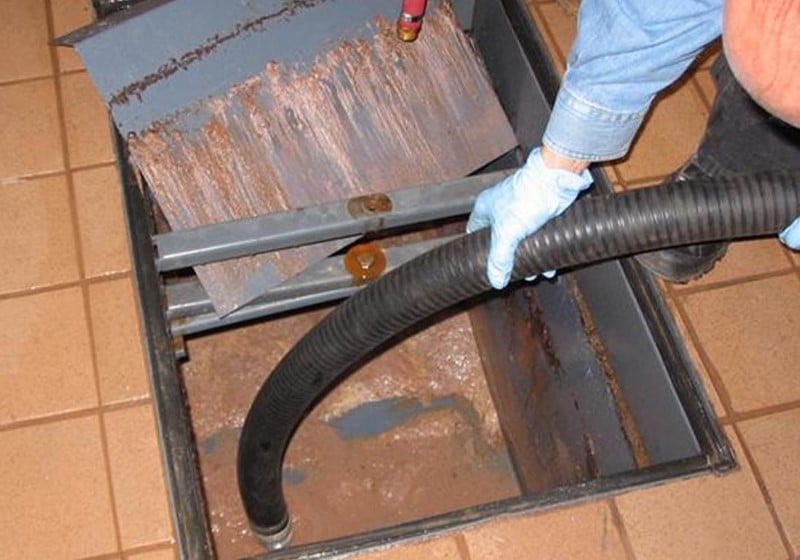
Good food… delicious food… quality food… always brings people together but in the continuous supply of food by these office and school cafeterias, a problem continues to get worse. The United States is already experiencing a huge set back in the food industry—FOG (fats, oils, grease) overflow. FOG is produced everyday in these cafeteria kitchens and it is causing a lot of alarm because of the negative effects that it brings upon people’s health and the environment. Animal and plant fat are needed to produce quality foods. After the meal is prepared, served, and consumed, the by-products are still FOG. Because of the FOG crisis, the US federal government has come up with a grease ordinance or a pre-treatment ordinance to help put the discipline into food production and service.
In the grease ordinance, the companies with cafeterias have to install grease traps to take care of the FOG that enters the drains with the wastewater. The grease traps should have permits from the Department of City Sewer so that it can be inspected at any given time. It’s also required that these traps are maintained on a regular basis. Maintenance means that the grease traps should be inspected once a week. The pump out schedule depends on where the grease trap is, its accessibility, and its size. For the large, outdoor grease interceptors, a quarterly pump out is an order. For the small indoor grease interceptor, a monthly pump out should be done. But even if there are standard rules like this, many establishments prefer having their grease traps pumped out and inspected at the same time. The weekly pump out can be very costly but the companies would rather pay for maintenance than for fines and lawyers who will defend them in lawsuits.
Cafeteria grease removal is a very important thing to maintain. This should be done with a licensed waste hauler that will legally dispose of the waste collected from the grease trap. In removing grease from grease traps, establishments make use of a variety of additives or cleaners. Most of them use chemicals and enzymes in getting rid of the grease and solid wastes because the advertisements say so. Propaganda-filled advertisements convince company owners that enzymes and chemicals immediately dissolve the grease materials from the grease traps. What they don’t know is that the instant effect has a delayed setback. When the emulsified FOG mixes with the wastewater, it cools down and solidifies in the pipes. There, the FOG sticks to the pipe walls and eventually block the flow of wastewater towards the wastewater treatment plant. Chemicals and enzymes do not help the FOG situation. They only make it much more aggravating.
Bacteria should b used in cafeteria grease removal. These microorganisms are bent on consuming every last particle of FOG and slid wastes n the grease trap, leaving it odor-free. They have no chemical components to pollute the environment as well. Bioremediation uses friendly bacteria in converting FOG to less harmful substances. Bio-augmentation uses a specific strain of bacteria to take care of the FOG and solid wastes.
With bacteria in cafeteria grease removal, the money invested on the maintenance of grease traps is not wasted. This just goes to show that event the most complicated problem of contemporary times could still be solved by something as simple as bacteria.
